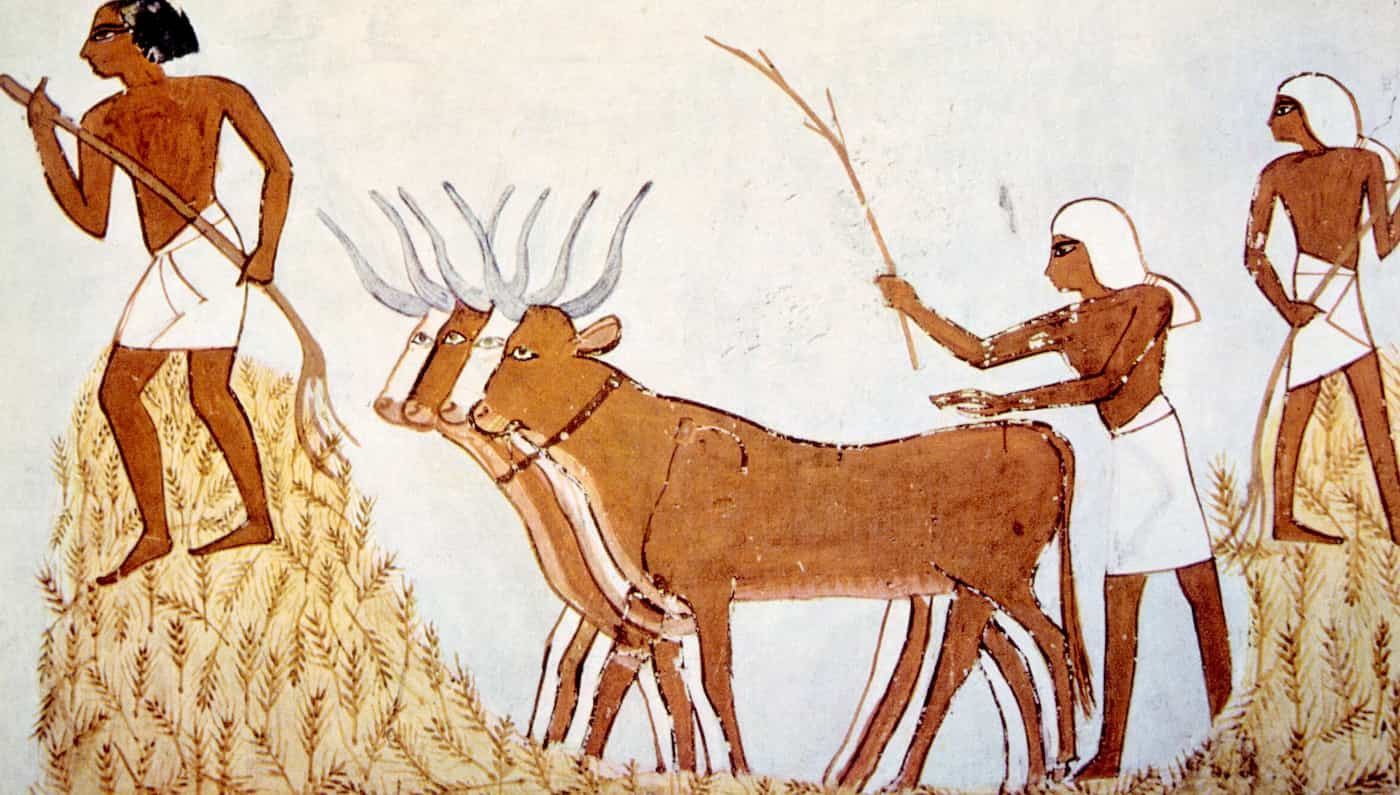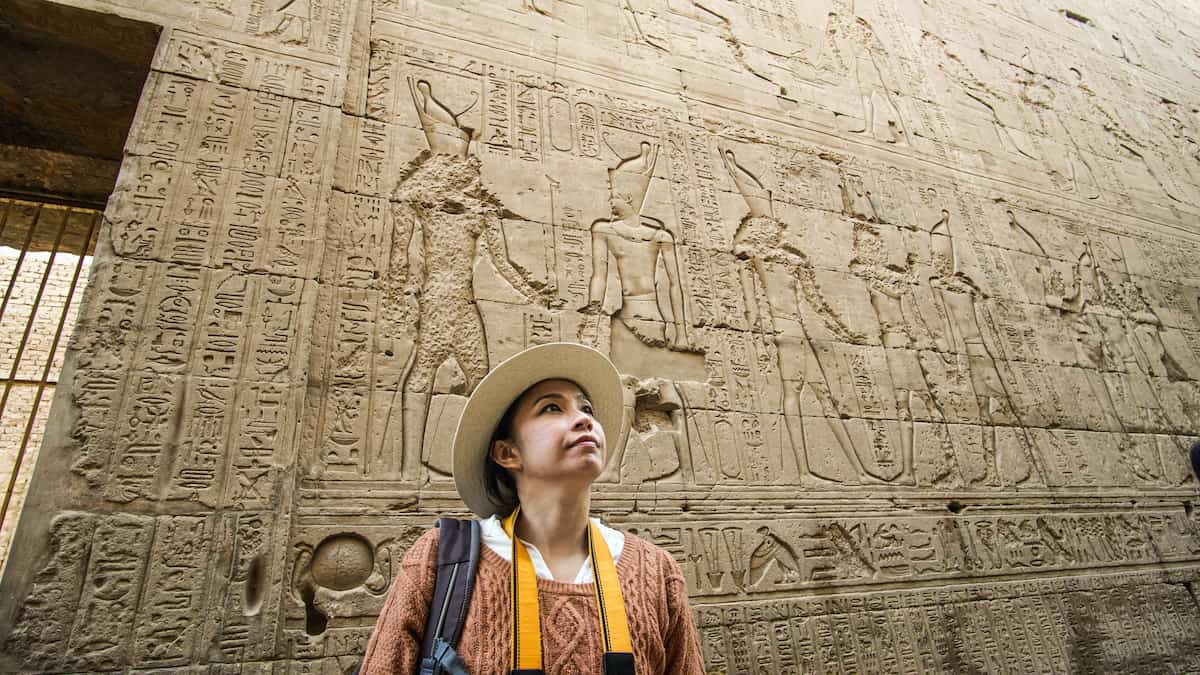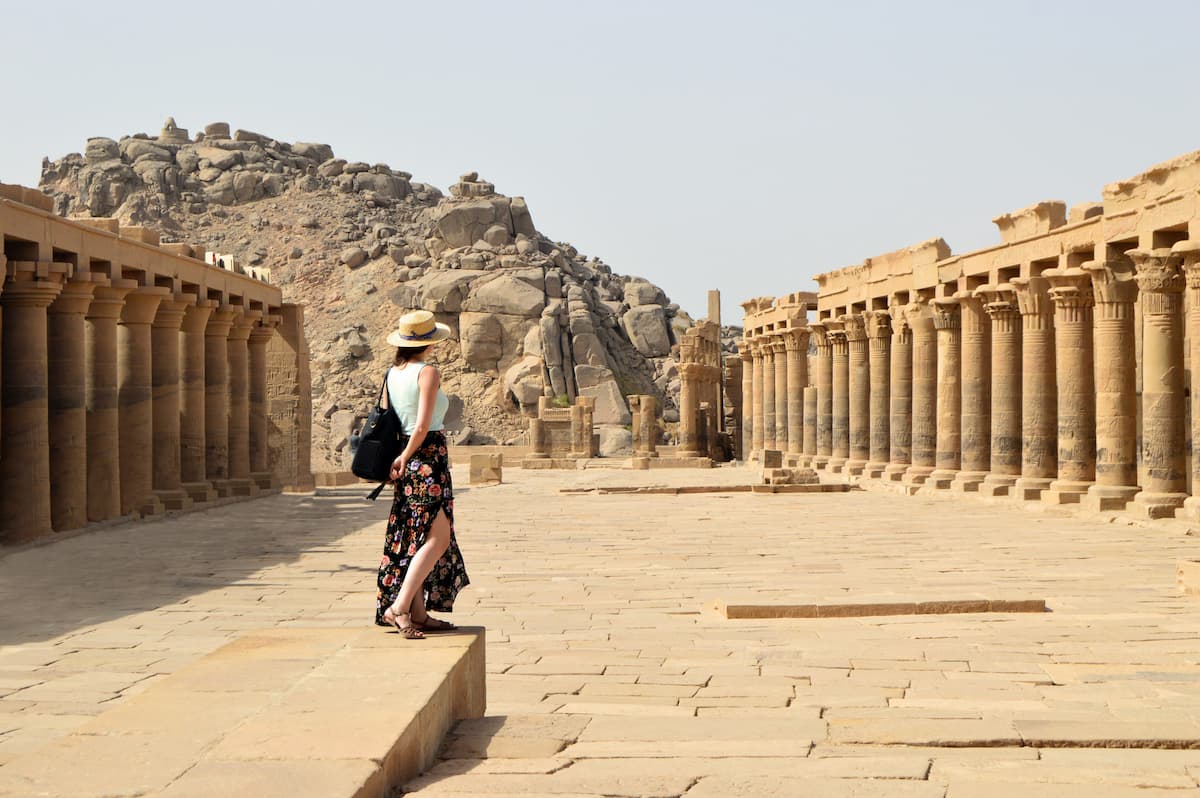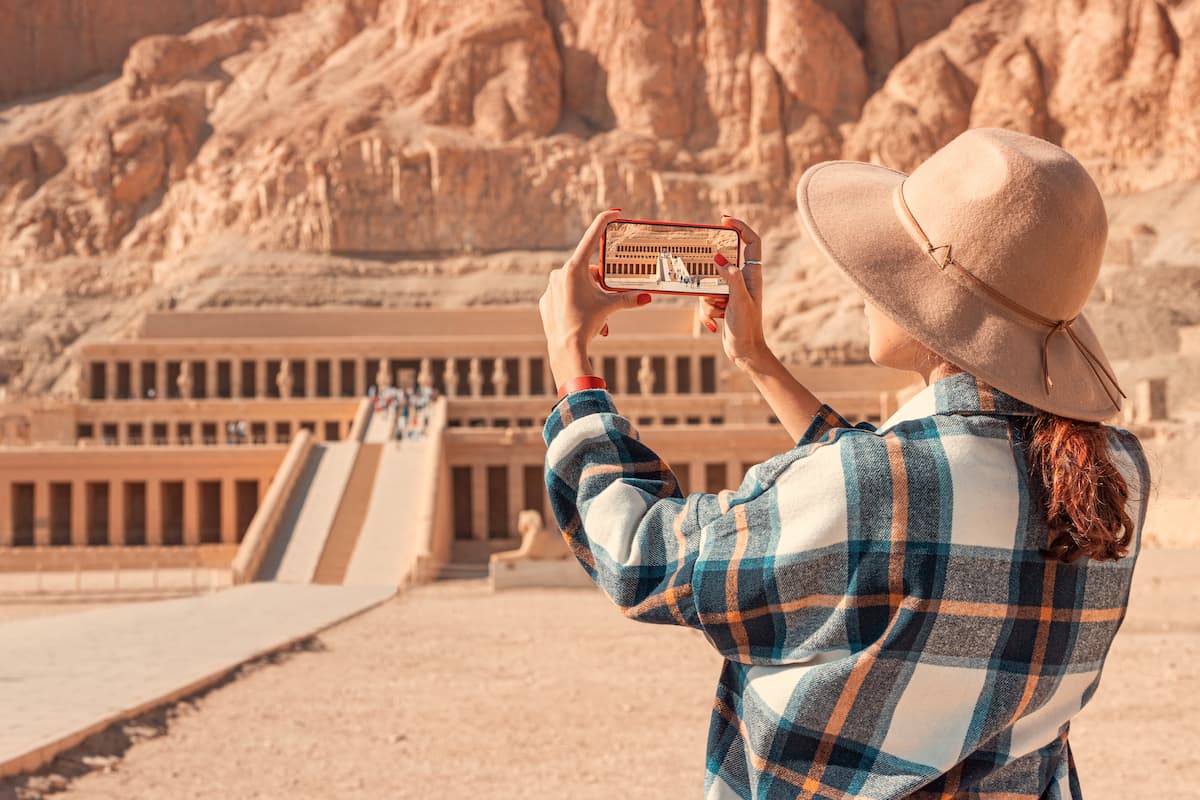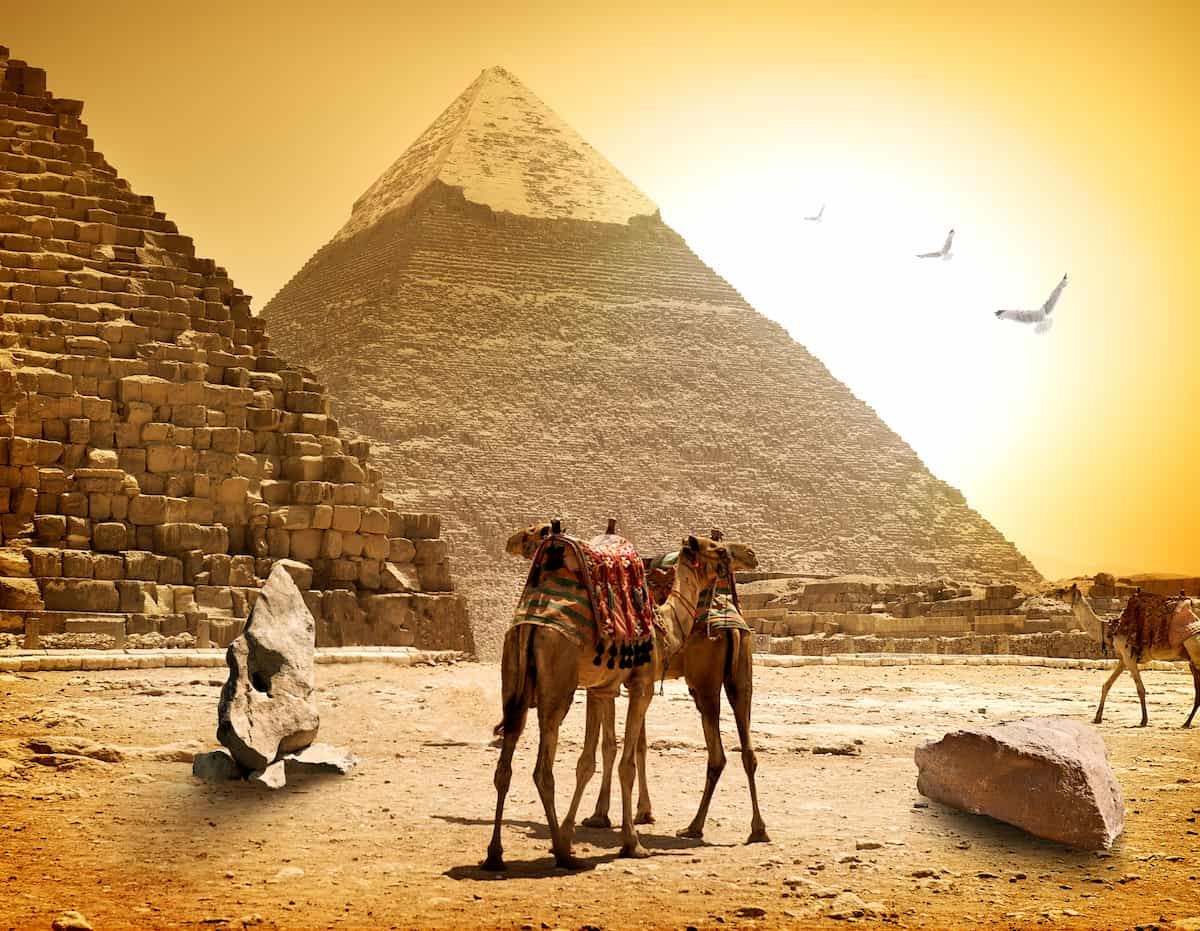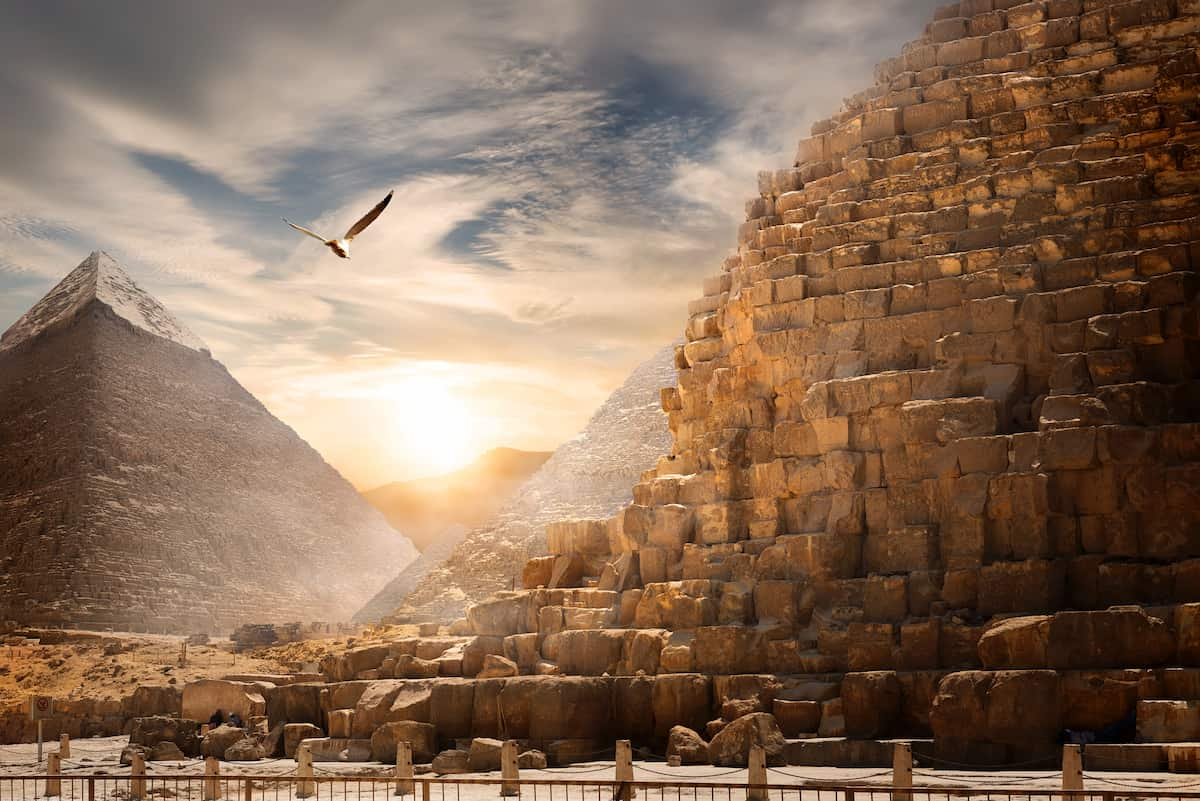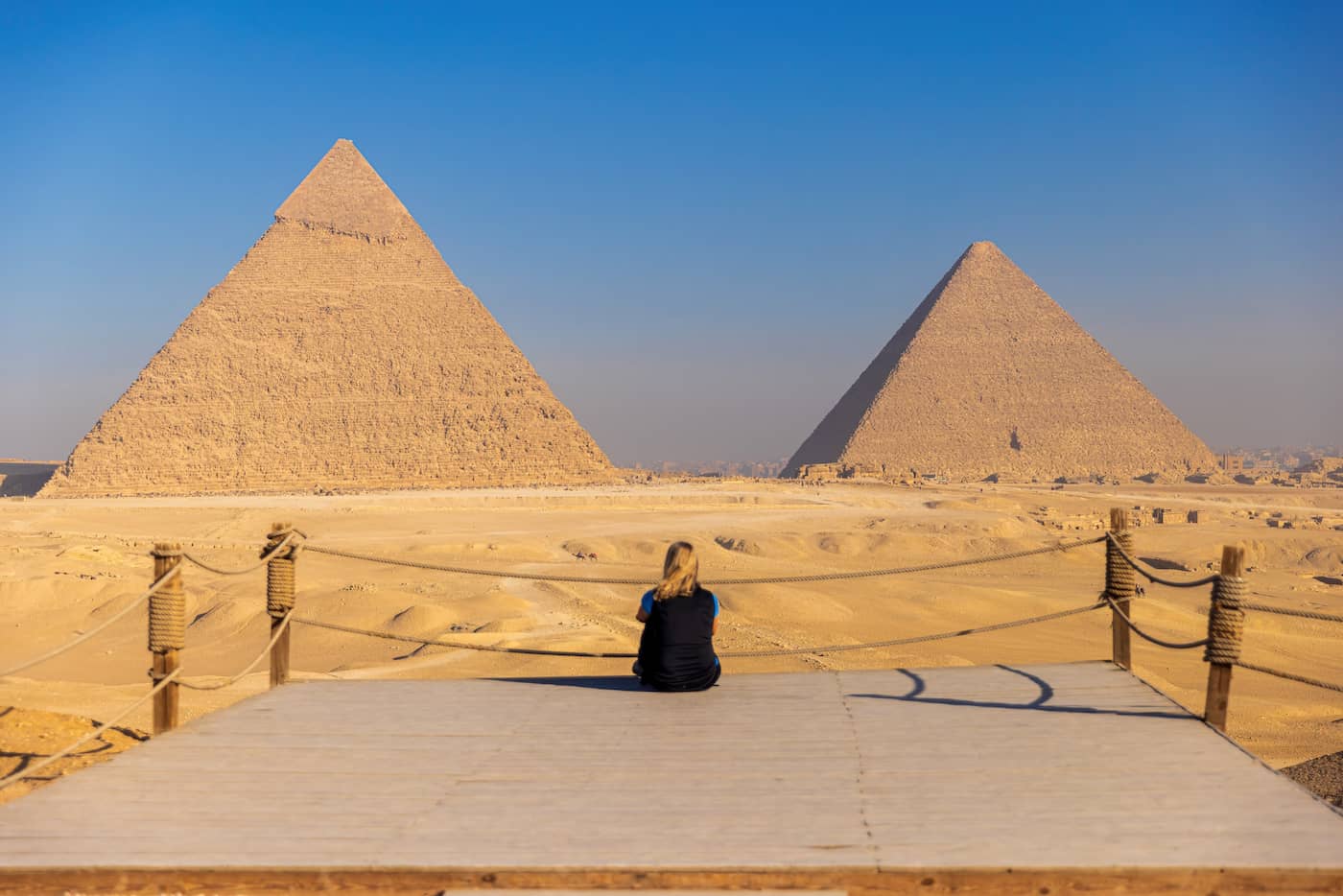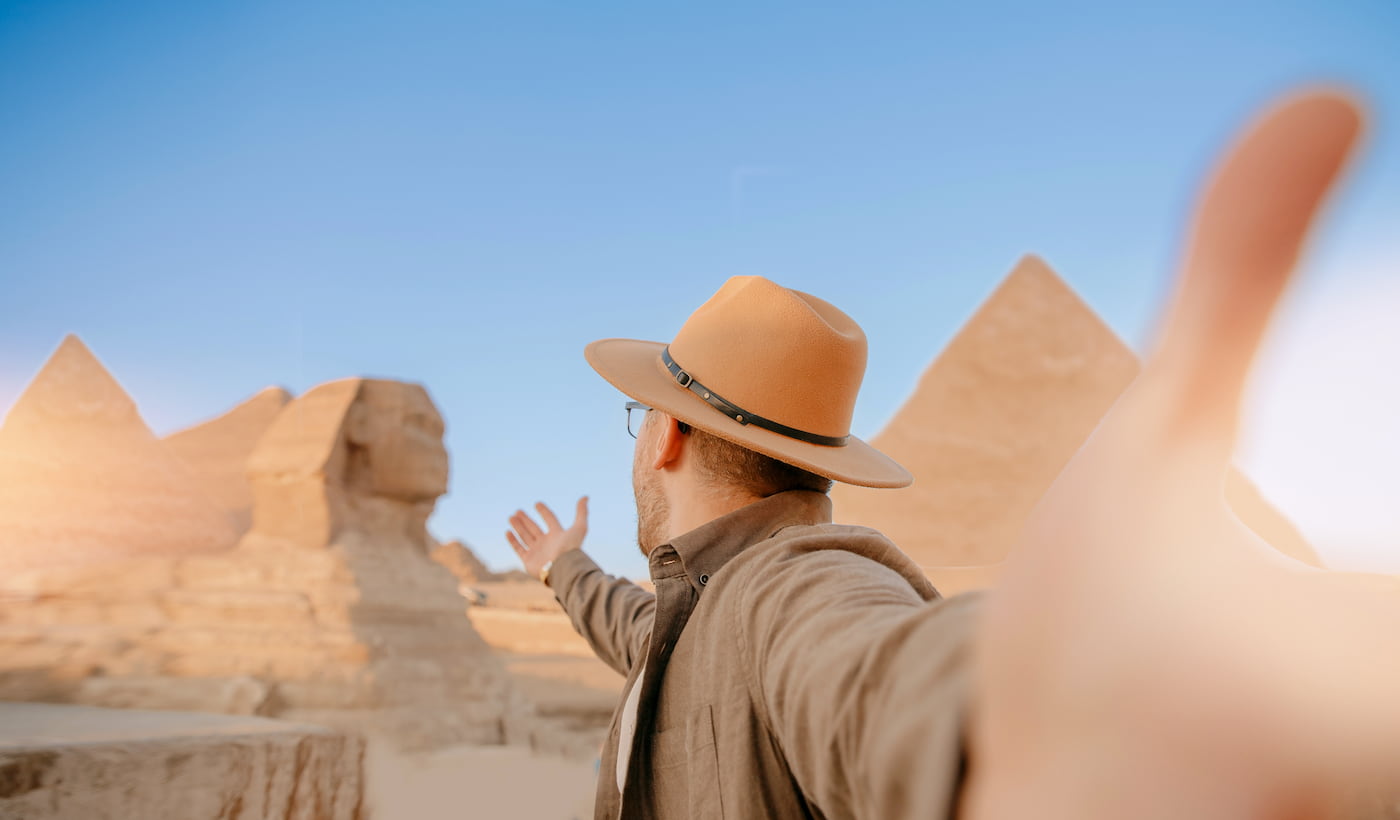Ancient Egypt Trade System, Routes and Goods | Timeline & Facts
The economic system of Ancient Egypt operated as a complex and highly organized structure during its three-millennium existence along the Nile River. Ancient Egypt achieved economic success through its agricultural abundance and centralized government and skilled workforce, and extensive trade connections that reached from Africa to the Near East and further. This paper examines the complete operation of ancient Egyptian economics through an analysis of trade activities and currency systems, and labor practices, which established one of history’s most remarkable civilizations.
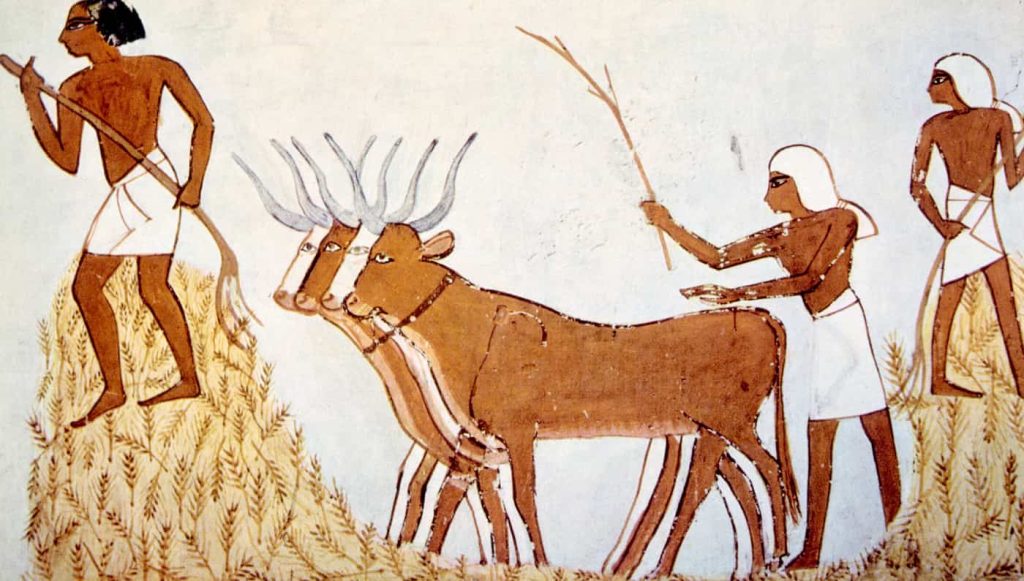
Ancient Egypt’s Economy And Trade
Foundations of the Ancient Egyptian Economy
1. The Nile River: Lifeline of the Ancient Egyptian Economy And Trade
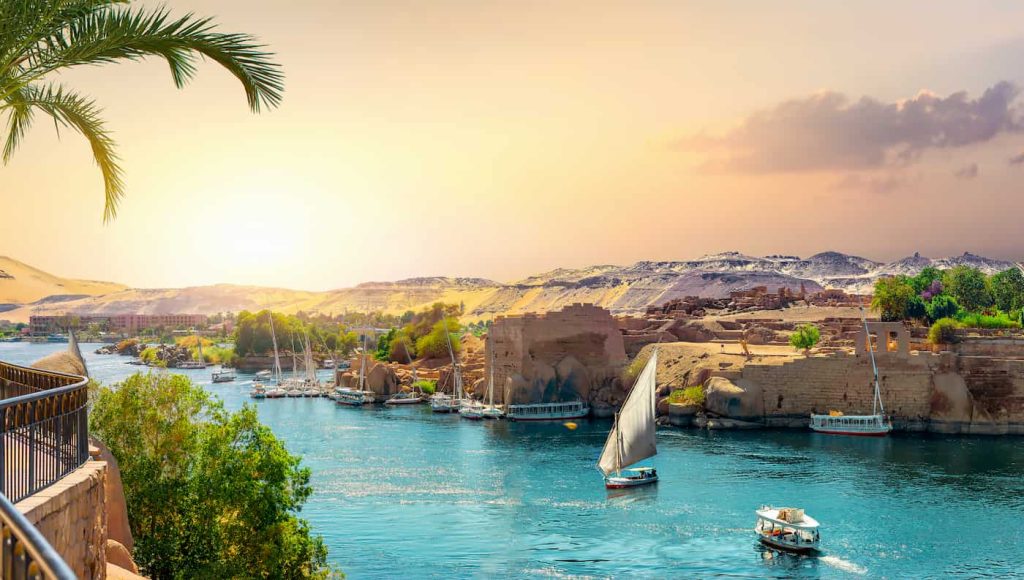
The Nile River
It established itself as the economic backbone of Egypt. The Nile River flooded annually while bringing valuable silt that converted dry lands into productive agricultural areas. The natural flooding pattern allowed farmers to grow surplus crops, which became the foundation of the entire economic system.
The Nile served as both a water source and fertility provider while functioning as the primary transportation route for goods and people. The riverboats transported grain along with cattle and papyrus, and other products between Thebes and Memphis and other major cities to support both domestic and foreign trade.
2. Agriculture: The Economic Backbone
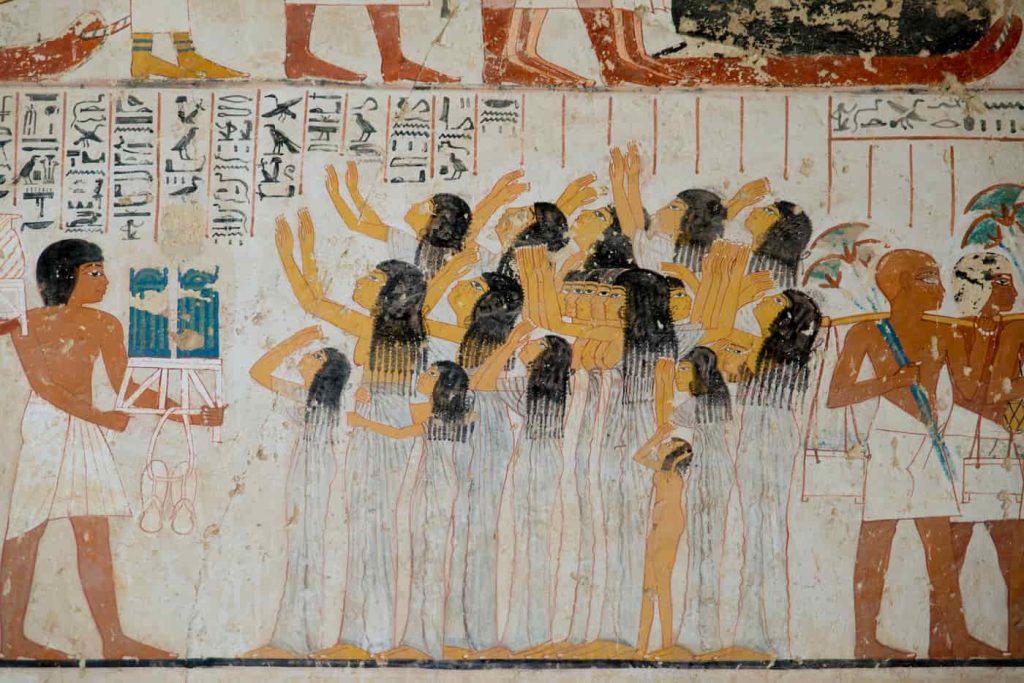
Ancient Egypt agriculture
The agricultural industry served as the primary economic sector throughout the entire period of ancient Egypt. Farmers cultivated crops such as:
The Egyptians produced their primary food sources of bread and beer through wheat and barley cultivation.
The production of linen fabric required flax as an essential material because linen served as a vital textile in ancient Egyptian society.
The ancient Egyptians grew onions and garlic together with carrots, leeks, dates, figs, and pomegranates as their primary vegetable and fruit crops.
The harvesting of papyrus plants produced material for creating paper-like scrolls, which served as writing instruments and record-keeping tools.
The agricultural cycle consisted of three distinct seasons that farmers followed.
The Nile floods during the Akhet season cause fields to become submerged under water.
The water level drops during the Peret season when farmers start plowing their fields for planting.
During the Shemu season, farmers harvest their crops before storing them.
Most farmers worked on land which belonged to either temples or the pharaoh, or noble owners. Farmers paid their taxes through crop donations to the authorities who owned the land.
The Ancient Egyptian Economy And Trade: Labor and Economic Organization
1. Labor System: forced labor
The ancient Egyptian state required citizens to perform forced labor, which functioned as a mandatory state work system. The state required peasants, along with ordinary citizens, to perform labor for state projects, which included temple construction and tomb building, and canal irrigation.
The Great Pyramids were constructed by paid workers and conscripted laborers who worked as skilled artisans and laborers within organized crews. Slavery existed in ancient Egypt, but it primarily consisted of prisoners of war and people who were sold into slavery, while the economy did not rely on slave labor.
2. Artisans and Specialization
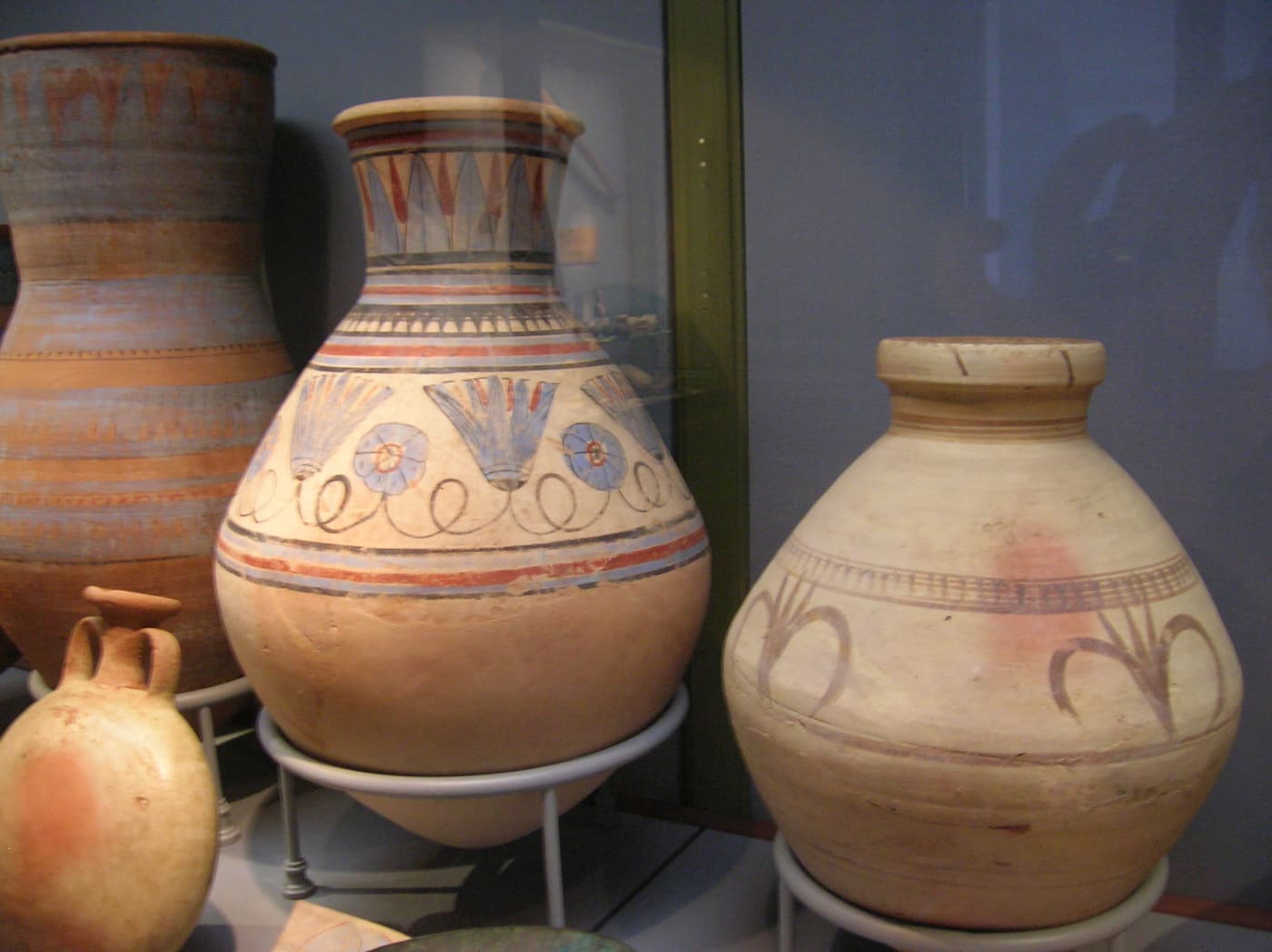
Egyptian vases
Egypt had a highly skilled artisan class. Workers specialized in:
- Pottery and ceramics
- Jewelry making
- Metalworking (gold, copper, bronze)
- Woodworking
- Sculpture and painting
- Stone masonry
Artisans operated in state-run workshops, which built temples and tombs while residing in workmen’s villages such as Deir el-Medina.
Currency and Ancient Egyptian Economic Transactions
1. Barter System and Units of Value
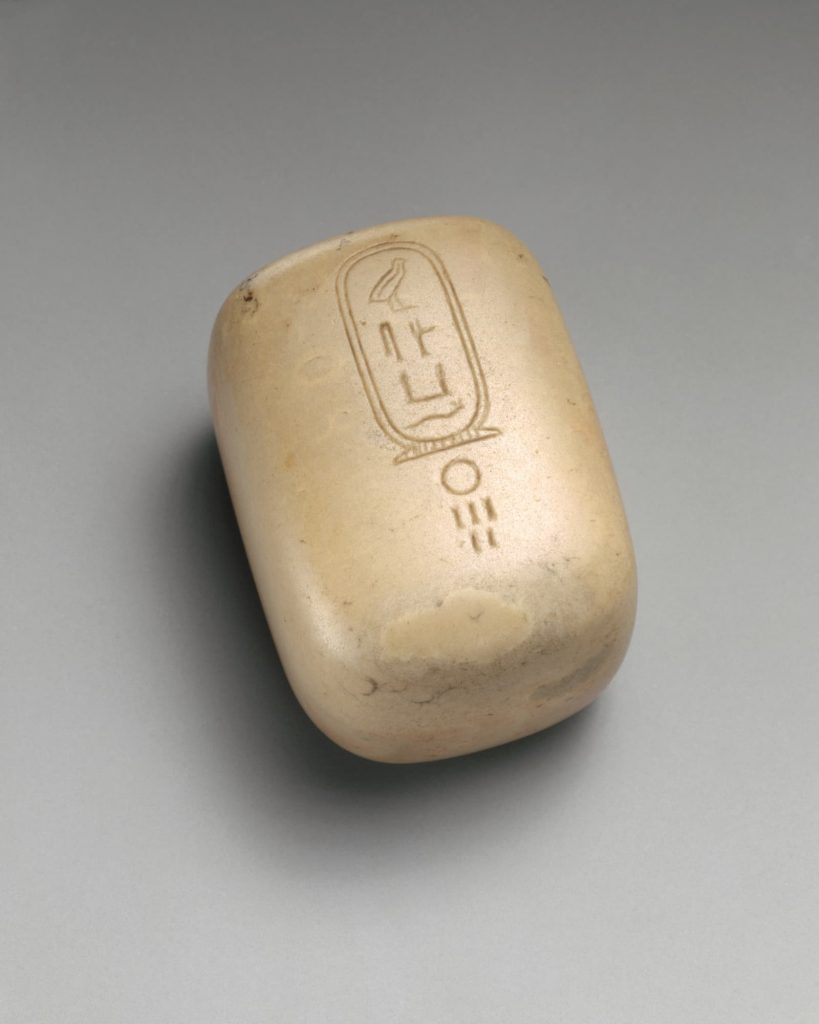
Weight equal to five deben
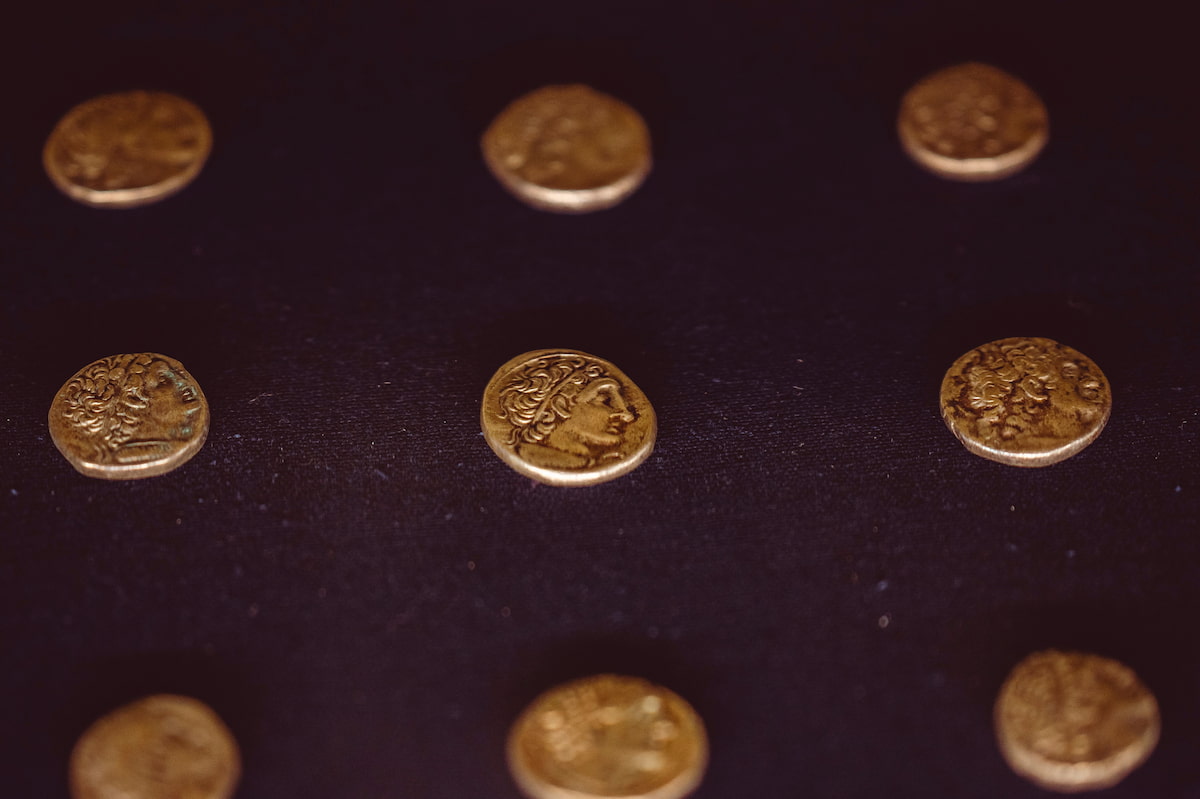
The ancient Egyptian economy And Trade in Egypt were based on barter. People didn’t utilize coins until later, when Greek and Persian cultures had an impact. Before that, people exchanged products and services without them.
But the Egyptians adopted standard units of value to make trade easier, such as:
Deben: The weight of copper, silver, and gold is used to assess their worth. You might exchange one deben of copper for certain goods or services.
Shat: A second unit that was later used to set a standard value.
Barley was a common way to pay taxes, salaries, and for regular business. For example, a worker may earn five sacks of grain and a jug of beer as part of their monthly pay.
2. Taxes and State Control
The state controlled the economy through powerful officials who managed the Vizier and Overseers of the Granaries. The state collected taxes through grain and cattle, and labor, which scribes documented with precision for farm and craft production outputs.
The temples operated as significant economic hubs because they possessed extensive landholdings and employed numerous workers. The state, together with temples, maintained control over most wealth, which they used to distribute resources among workers and artisans, and administrative personnel.
Internal Trade System
1. Regional Exchange
The administrative districts of Ancient Egypt were named nomes, which specialized in different economic activities. The agricultural nomes operated alongside mining and manufacturing nomes in the kingdom. The trade between different regions of the kingdom maintained resource supply equilibrium throughout the kingdom.
People gathered at markets which took place in village squares and temple courtyards to exchange goods, including:
• Food (grain, vegetables, dried fish)
• Pottery and tools
• Linen clothing
• Cosmetics and perfumes
Women took an active role in local markets by selling perfume together with jewelry and textiles.
2. Transportation
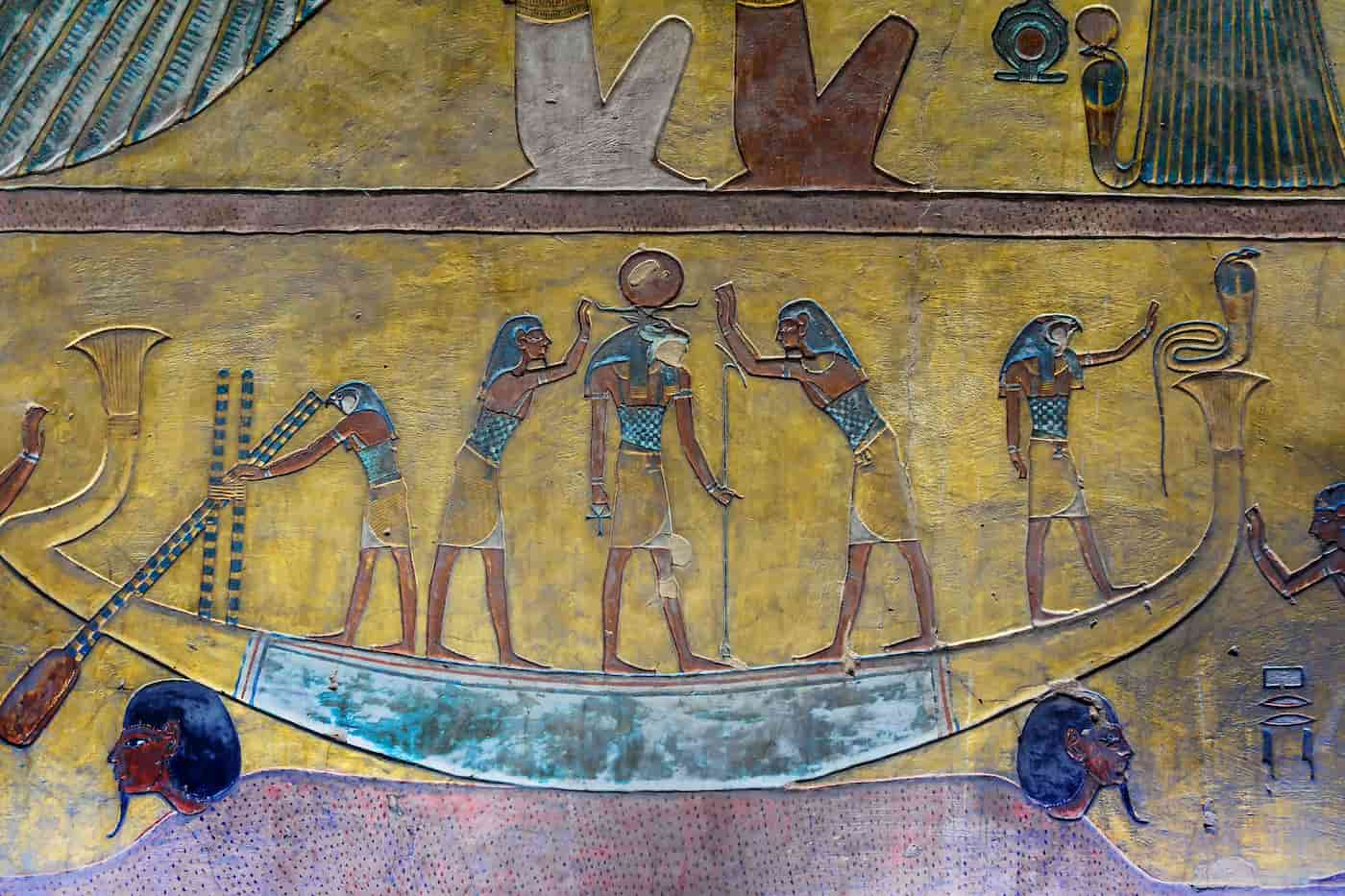
Ancient mural of an egyptian boat with gods
The Nile boats made from papyrus and wood functioned as the primary means of transporting goods.
The transportation of goods across land depended on donkeys and oxen because they operated in distant regions from the river.
The network of caravan routes linked vital desert oases and mining areas through underdeveloped roads.
International Trade and Diplomatic Relations
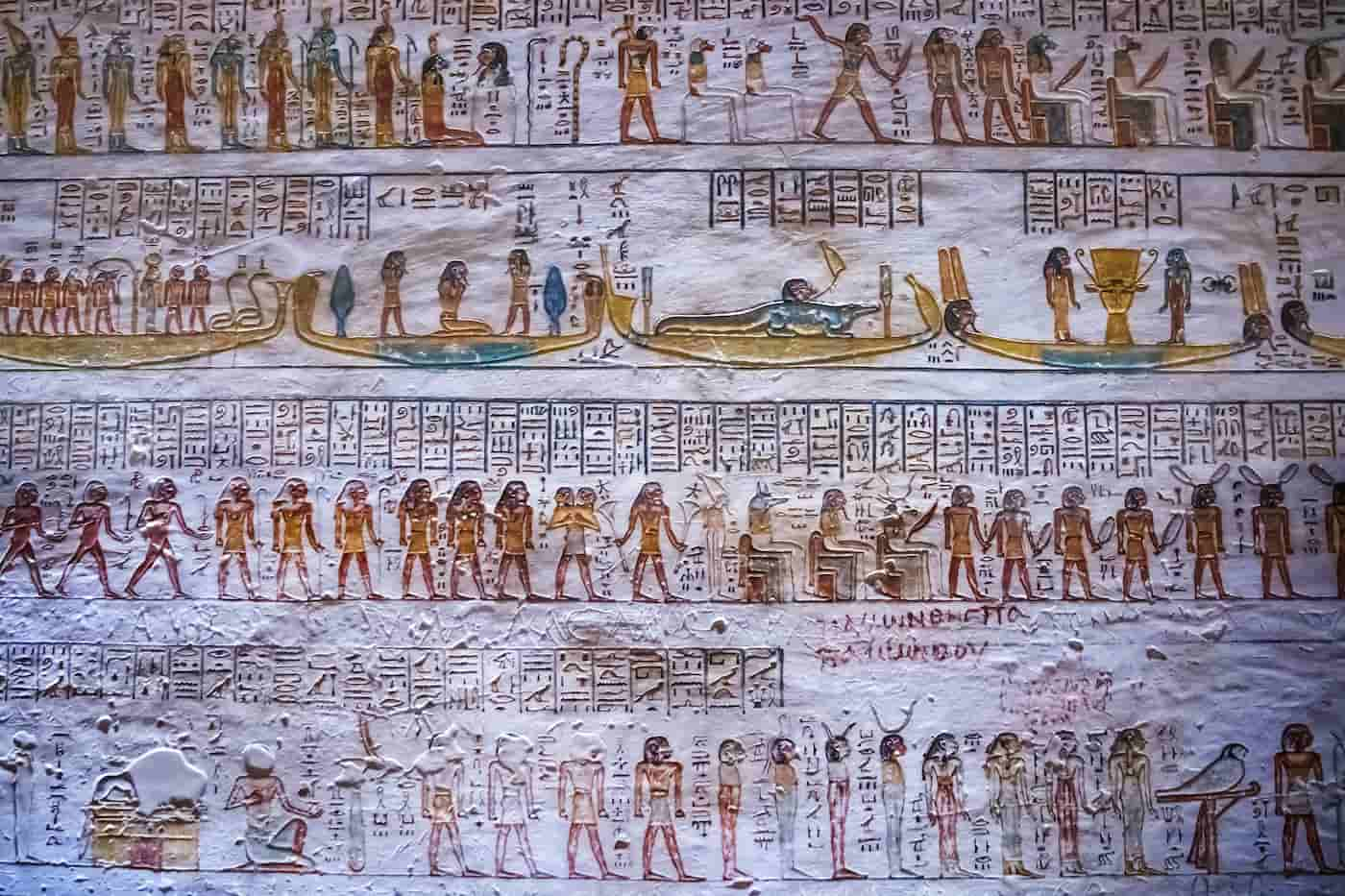
1. Trade with Neighboring Regions
Through different commercial activities, Ancient Egypt built extensive trading connections with neighboring civilizations.
Egypt received gold as well as ebony and ivory, and exotic animals from Nubia in the south.
The region of Punt, located in present-day Somalia or Eritrea, delivered incense and myrrh and spices, and luxury goods to Egypt.
Libya in the west conducted cattle and leather product exchanges with other nations.
The Levant and Canaan regions, which correspond to modern-day Syria, Lebanon, and Israel, exported cedar wood and silver and wine, and olive oil to Egypt.
Luxury items, including lapis lazuli, arrived in Egypt through distant trade with Mesopotamia.
The state managed trade missions through its organization while paying for all related expenses. Queen Hatshepsut dispatched an expedition to Punt during the 18th Dynasty.
This was the most renowned trip. The funerary temple at Deir el-Bahari features reliefs that depict ships transporting unusual plants and animals, and spices. The reliefs at the Deir el-Bahari temple present an extensive view of her expedition.
The Egyptian government used costly presents as political presents to other nations to create diplomatic ties. Royal families made treaties and marriage contracts a lot throughout the New Kingdom period.
Industry and Resource Extraction
1. Mining and Quarrying
The economy of Egypt depended on its natural resources, which were used for economic support:
- Gold: Mined in Nubia and the Eastern Desert regions.
- Copper: Extracted from the Sinai Peninsula.
- Turquoise and semi-precious stones: Mined in the Eastern Desert and Sinai.
- Limestone, sandstone, and granite: Quarried for monumental construction.
The state controlled all mining and quarrying operations, which needed large numbers of workers.
2. Manufacturing and Workshops Artisans worked in state-owned or temple workshops producing:
- Textiles: From flax and wool.
- Jewelry and luxury goods: For the elite class.
- Pottery and tools: For everyday use
- Weapons and chariots: For military purposes.
These goods not only served domestic use but were also valuable export items.
Economic Classes and Social Structure
The economic system reinforced Egypt’s strict social hierarchy:
1. The Pharaoh held divine status as the most influential figure who ruled both the economic system and the entire kingdom.
2. Nobles and priests had complete authority since they controlled huge estates and temples.
The government heavily relied on scribes and bureaucrats to maintain tax records and document management.
Artisans and craftsmen are skilled laborers who are not as far up on the social ladder.
5. The majority of the population, which included farmers and workers, was in charge of both work and food.
6. Slaves: Often prisoners of war or those in debt; they had limited rights.
Social mobility was limited but not impossible. Education (especially literacy) was a path to higher status.
Ancient Egyptian Economic Decline and Transformation
Over time, the centralized control of the economy weakened due to:
- Internal corruption
- Foreign invasions (Libyans, Assyrians, Persians)
- Droughts and economic instability
The Egyptian economy shifted to a coin-based system through the introduction of silver and bronze coins when Greeks and Romans entered the region. The Roman Revolution brought about this transformation. The Roman Empire started to rely more heavily on Egypt for grain supplies as trade operations became more commercialized.
Conclusion
Throughout all economic history, the ancient Egyptian economy stands as one of the most rigidly managed and stable systems. The economy has operated since ancient times and continues to function in the present day. The Nile’s natural resources, together with international trade and work capabilities, enabled the civilization to achieve remarkable progress in art, architecture, science, and administration.
The economy of Egypt keeps expanding even though the nation operates without a monetary system. The country has maintained its barter system and resource management approaches since ancient times.
Through its extensive trade networks, Egypt established itself as the cultural and economic leader of the ancient world by connecting Africa to Asia and the Mediterranean region.

